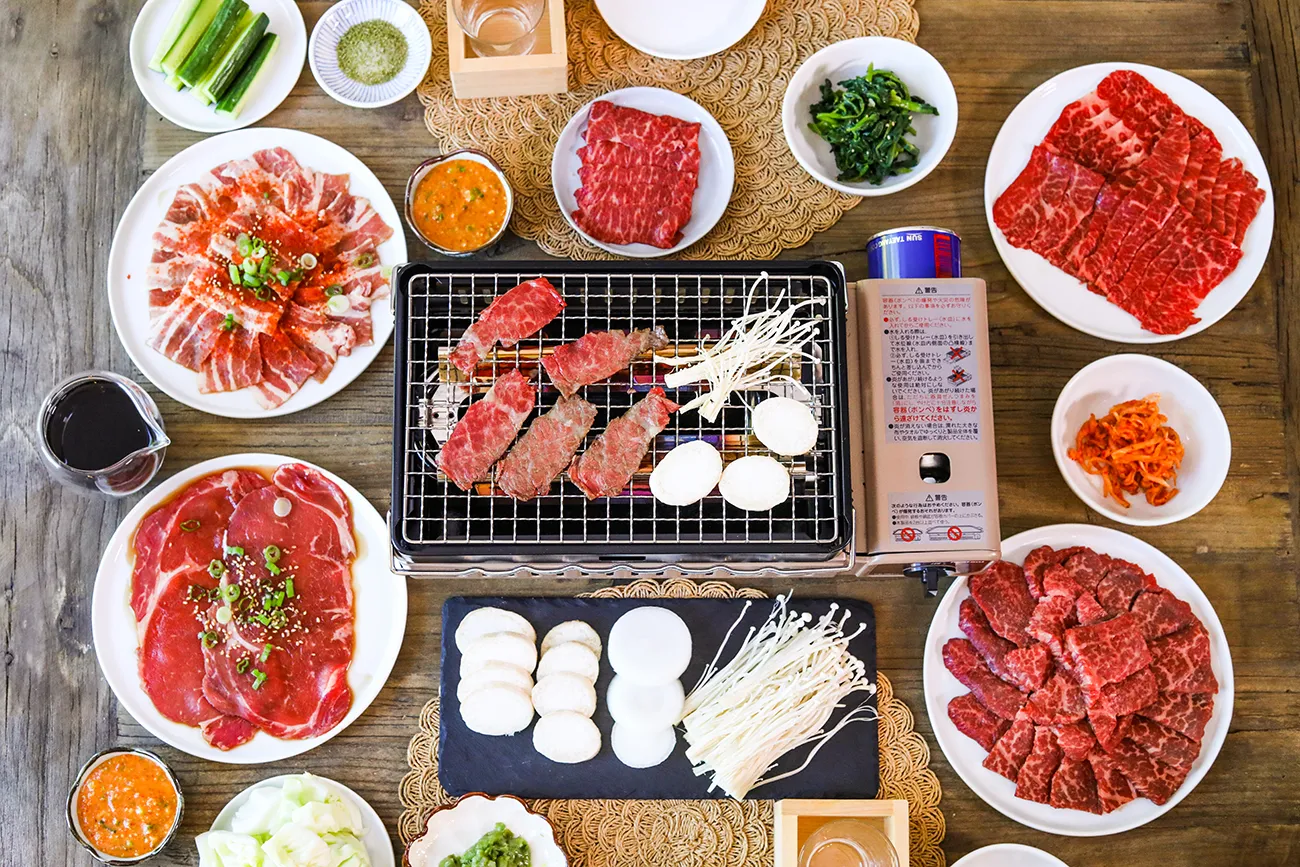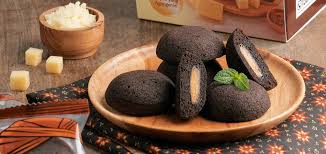Yakiniku, the Japanese art of grilling meat, is more than just a cooking method; it’s an immersive dining experience that celebrates flavors, textures, and the joy of shared meals. Originating in the post-war era, Yakiniku has evolved into a beloved culinary tradition, combining high-quality cuts of meat with the communal spirit of Japanese dining. The term “yakiniku” translates to “grilled meat,” but this simple phrase belies the rich and diverse world of flavors that this dining style offers.
The Essence of Yakiniku: High-Quality Meats and Flavorful Marinades
Contents [hide]
- 1 The Essence of Yakiniku: High-Quality Meats and Flavorful Marinades
- 1.1 The Yakiniku Experience: A Joyful Celebration of Food and Friendship
- 1.1.1 Yakiniku Techniques: Mastering the Art of Grilling
- 1.1.2 Global Influence: Yakiniku Beyond Japan
- 1.1.3 Health Benefits of Yakiniku: Enjoying Grilled Goodness
- 1.1.4 Yakiniku in Popular Culture: From Food Shows to Social Media
- 1.1.5 Preserving Tradition: The Cultural Significance of Yakiniku
- 1.1.6 Conclusion: Embracing the Joy and Flavor of Yakiniku
- 1.1 The Yakiniku Experience: A Joyful Celebration of Food and Friendship
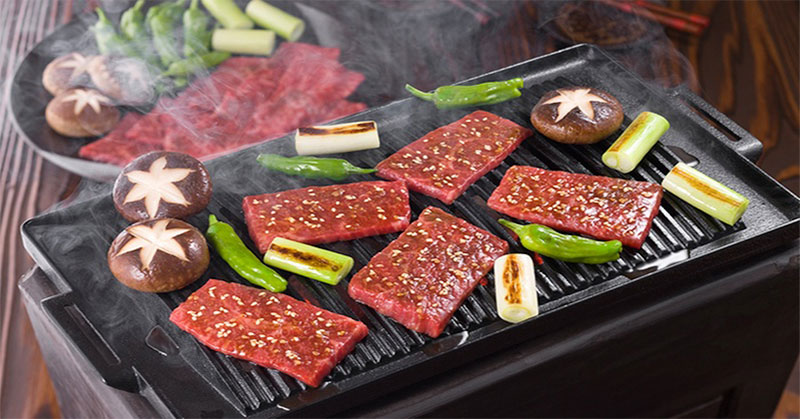
At the heart of Yakiniku is the meat—carefully selected, expertly cut, and perfectly marinated. Common choices include beef, pork, and chicken, with premium cuts such as wagyu beef being particularly prized for their marbling and tenderness. Each piece of meat is often marinated in a savory-sweet blend of soy sauce, garlic, ginger, and other ingredients, infusing it with deep flavors that are enhanced by the grilling process. The result is a delightful combination of smoky, umami-rich meat that is both tender and flavorful.
The Yakiniku Experience: A Joyful Celebration of Food and Friendship
The Yakiniku dining experience is as much about the social interaction as it is about the food. Diners gather around a central grill, cooking their own meat to their preferred level of doneness. This interactive style of dining fosters a sense of camaraderie and enjoyment, as friends and family share in the preparation and savoring of each delicious bite. The sizzle of meat on the grill, the aroma of cooking, and the vibrant conversation all contribute to the lively and festive atmosphere that defines Yakiniku.
Yakiniku Techniques: Mastering the Art of Grilling
While Yakiniku may appear simple, mastering the art of grilling requires skill and attention to detail. The grill’s temperature must be carefully controlled to ensure even cooking, and each cut of meat demands a specific approach to achieve the ideal texture and flavor. Thinly sliced meats cook quickly and benefit from a brief sear, while thicker cuts require a slower, more deliberate grilling process. Accompaniments such as dipping sauces, pickled vegetables, and rice complete the meal, providing a balance of flavors and textures that enhance the overall dining experience.
Global Influence: Yakiniku Beyond Japan
Yakiniku has transcended its Japanese roots to become a global phenomenon, enjoyed by food enthusiasts around the world. In cities like Seoul, Los Angeles, and Sydney, Yakiniku restaurants offer a taste of this Japanese grilling tradition, often incorporating local flavors and ingredients. The adaptability of Yakiniku allows it to resonate with diverse culinary cultures, making it a popular choice for those seeking a unique and interactive dining experience. As Yakiniku continues to spread globally, it brings with it the rich heritage and joyful spirit of Japanese BBQ.
Health Benefits of Yakiniku: Enjoying Grilled Goodness
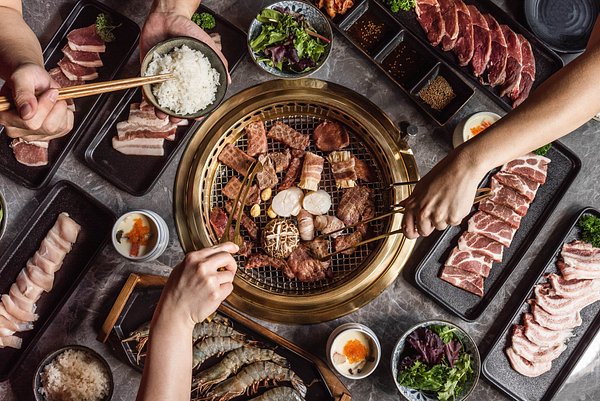
Yakiniku not only delights the palate but also offers several health benefits. Grilling meat allows excess fat to drip away, resulting in a leaner, healthier meal compared to other cooking methods. Additionally, the inclusion of fresh vegetables and the use of marinades with ingredients like garlic and ginger add nutritional value to the meal. This balance of protein, vitamins, and antioxidants makes Yakiniku a wholesome dining option that satisfies both taste and health-conscious diners.
In recent years, Yakiniku has gained widespread popularity through food shows, social media, and culinary blogs. Influential chefs and food enthusiasts celebrate Yakiniku for its rich flavors and interactive dining style, inspiring new generations to explore this Japanese BBQ tradition. The visually appealing nature of Yakiniku, with its sizzling meats and vibrant accompaniments, makes it a favorite subject for Instagram posts and YouTube videos, further cementing its status as a beloved culinary trend.
Preserving Tradition: The Cultural Significance of Yakiniku
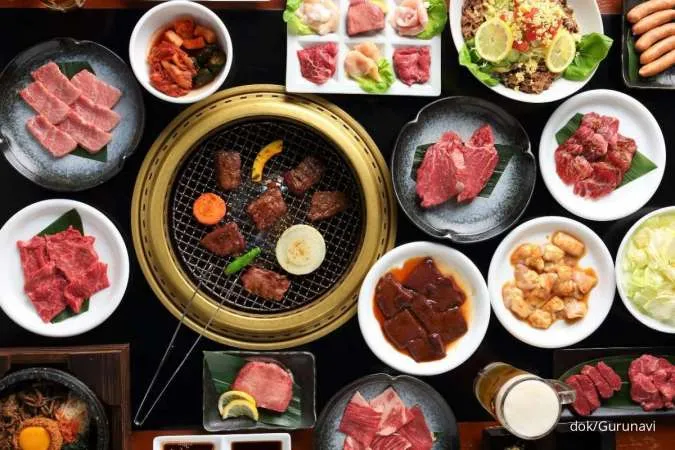
For many, Yakiniku is more than just a meal; it is a cherished tradition that embodies the essence of Japanese hospitality and communal dining. The act of sharing a Yakiniku meal with loved ones reinforces bonds and creates lasting memories, making it an integral part of Japanese culture. As Yakiniku continues to gain popularity worldwide, preserving its traditional practices and techniques ensures that its cultural significance remains intact, allowing future generations to experience and appreciate this unique culinary heritage.
Conclusion: Embracing the Joy and Flavor of Yakiniku
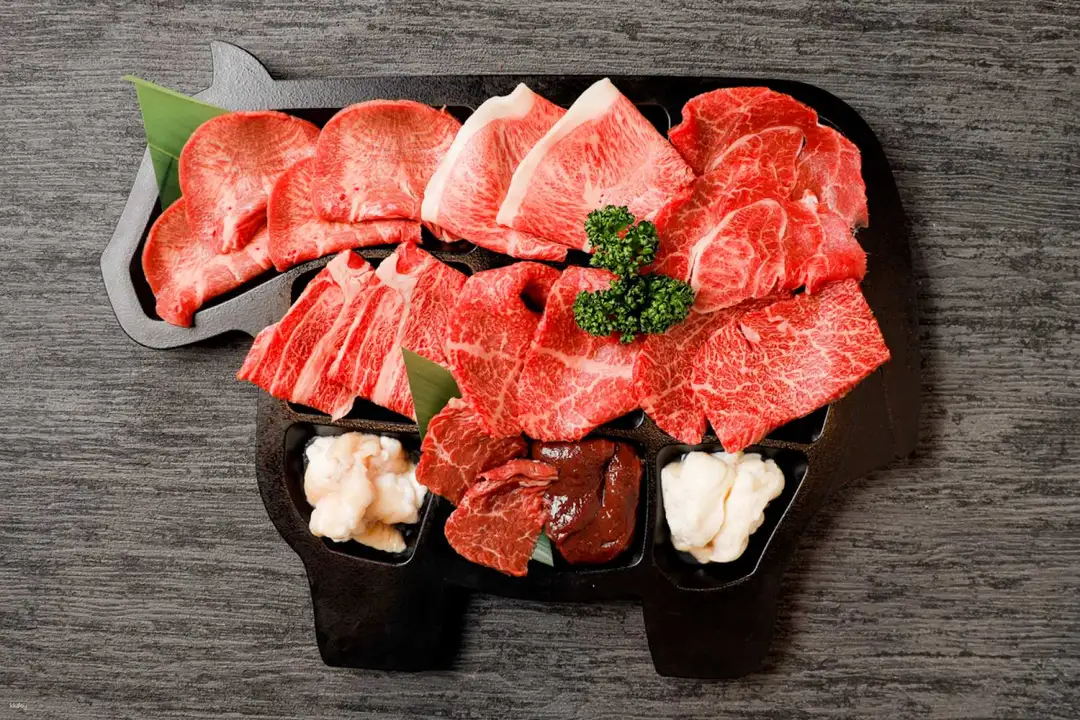
In conclusion, Yakiniku represents a triumph of flavor, tradition, and social dining. From its origins in Japan to its global acclaim, Yakiniku delights diners with its rich, savory meats and the joyful experience of grilling and sharing a meal. As we celebrate Yakiniku, we honor the artistry and passion of the chefs who have perfected this culinary tradition and the cultural heritage that it represents.
Yakiniku invites us to savor the moment, to enjoy the company of friends and family, and to appreciate the simple pleasures of good food and good conversation. So, the next time you gather around a Yakiniku grill, remember that you are partaking in a latoto tradition that celebrates the richness of flavor and the joy of shared dining—a true delight for the senses and the soul.

